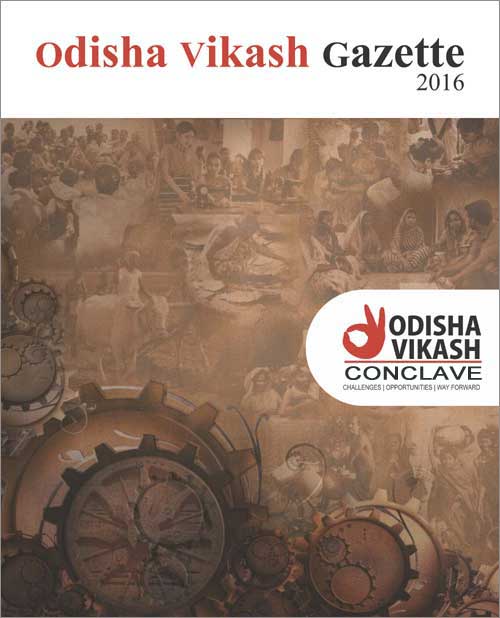Towards Resilient Odisha : Disaster & Climate Change Action
Venue: RMNH – (Regional Museum for Natuaral History),Acharya Vihar, On Sainik School Road
Climate change which invariably results in disasters is no longer a matter of conjecture. It is almost certain that there will be more droughts, floods, storms and cyclones. In any case, disasters, both natural and manmade, disproportionately affect certain geographical regions and have a greater impact on marginalized demographic groups. On both counts, Odisha is particularly vulnerable to the impacts of climate change and any kind of disaster.
One of the poorest states, Odisha’s citizens largely lack the means to afford individual or household defenses against most calamities. The state’s sub-tropical littoral location renders its coastal areas much more prone to tropical cyclones, storm surges, and tsunamis as well as to frequent floods from the heavily silt laden rivers. The interior regions face floods while also bearing the brunt of cloud bursts, droughts, freak whirl winds, heat waves, and lightning strikes. Odisha’s topography and climate also makes it particularly susceptible to vector borne epidemics. Industrial disasters and human induced accidents, stampedes, fires etc. only add to people’s suffering. Climate change’s impacts, though difficult to perceive in the short term, are becoming undeniably evident. As Odisha’s coastline erodes and the sea pushes in, households living close to the coat have no option but to leave their land and become climate refugees.
As a signatory to the UN Framework Convention on Climate Change, India has declared its Intended Nationally Determined Contribution, to reduce green house gas emissions, by adopting low carbon development strategies. The Government of India and Government of Odisha (GoO) have prepared national and state climate action plans to contribute to minimizing temperature rise and to address climate induced disasters. In fact, GoO created its disaster mitigation machinery in 1999 following a Super Cyclone, and its performance during the cyclones in 2012 and 2013, has been lauded. Yet, given the scale of disaster challenges Odisha faces, there is a need to keep alert and to constantly push for improving capability and capacity.
The Government of Odisha as also the civil society organizations, as key stakeholders in this process, need to come together and augment each other’s ability to respond to disasters.
Discussion Points:
- What can be done to make disaster preparedness and responsiveness more participatory?How can local community’s skills and knowledge be better utilised in this process?
- How can the Disaster Management Act be fully implemented at the district level and the Disaster Management Committees be made more proactive?
- What can be done to gear up the non-coastal regions to deal with disasters germane to them?
- How can Odisha be better prepared for industrial and urban disasters?
- What specific steps, in the specific context of growing urbanization can help reduce Odisha’s vulnerability to disasters?
- How can CSOs be more effectively involved in GoO’s disaster mitigation architecture?
- How can Odisha’s climate action plan be mainstreamed and effectively realized?
- How can gender equality be ensured in both preparing for, and responding to, disasters and climate change?



